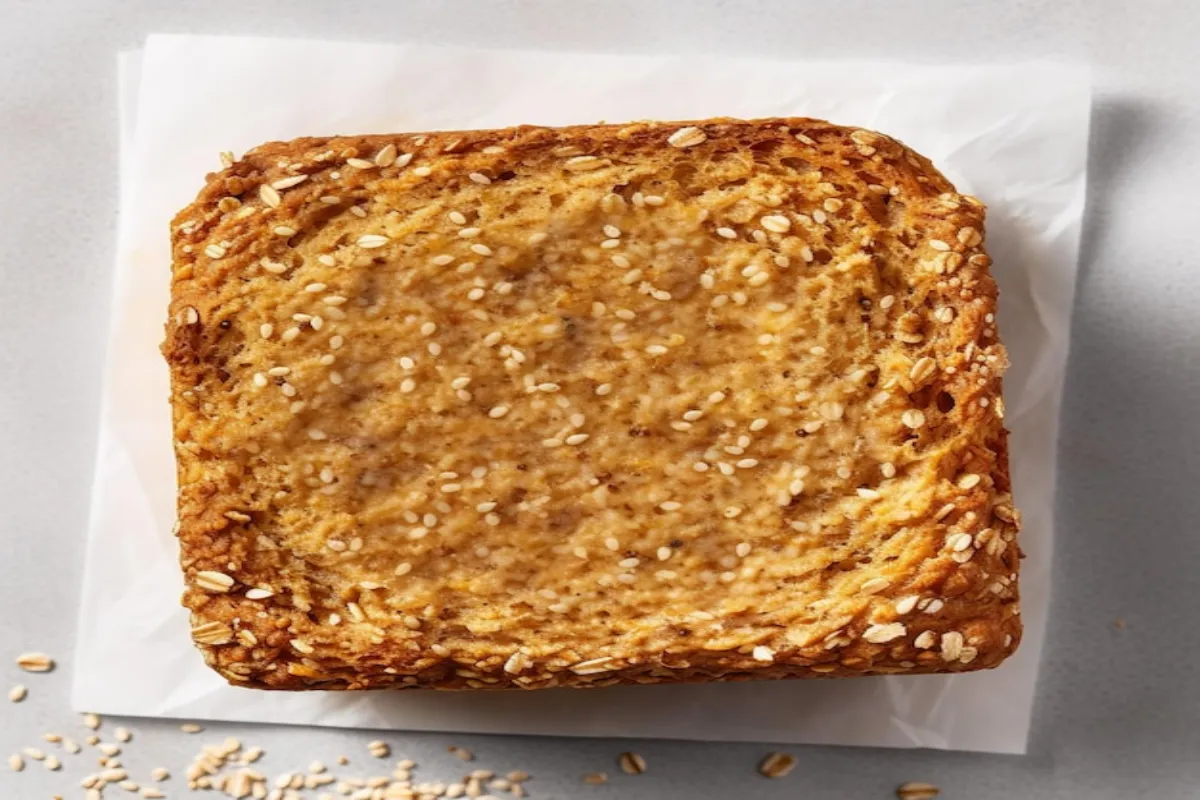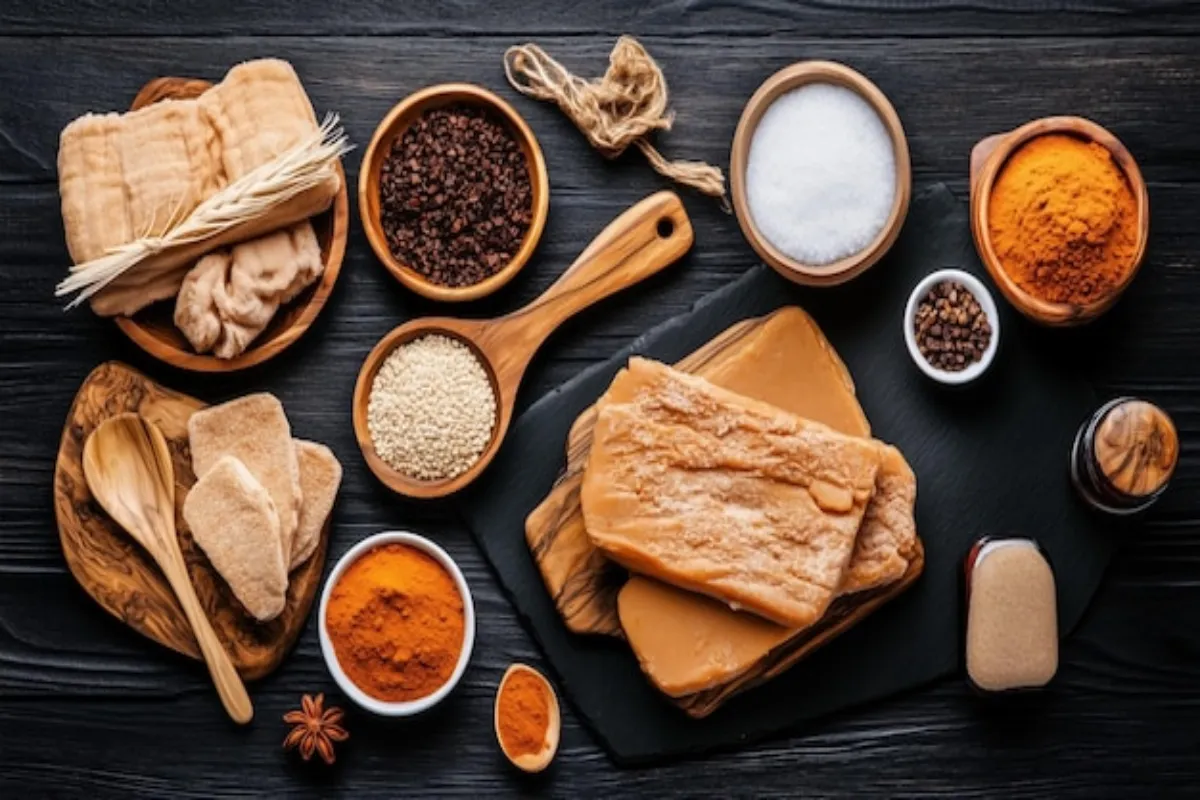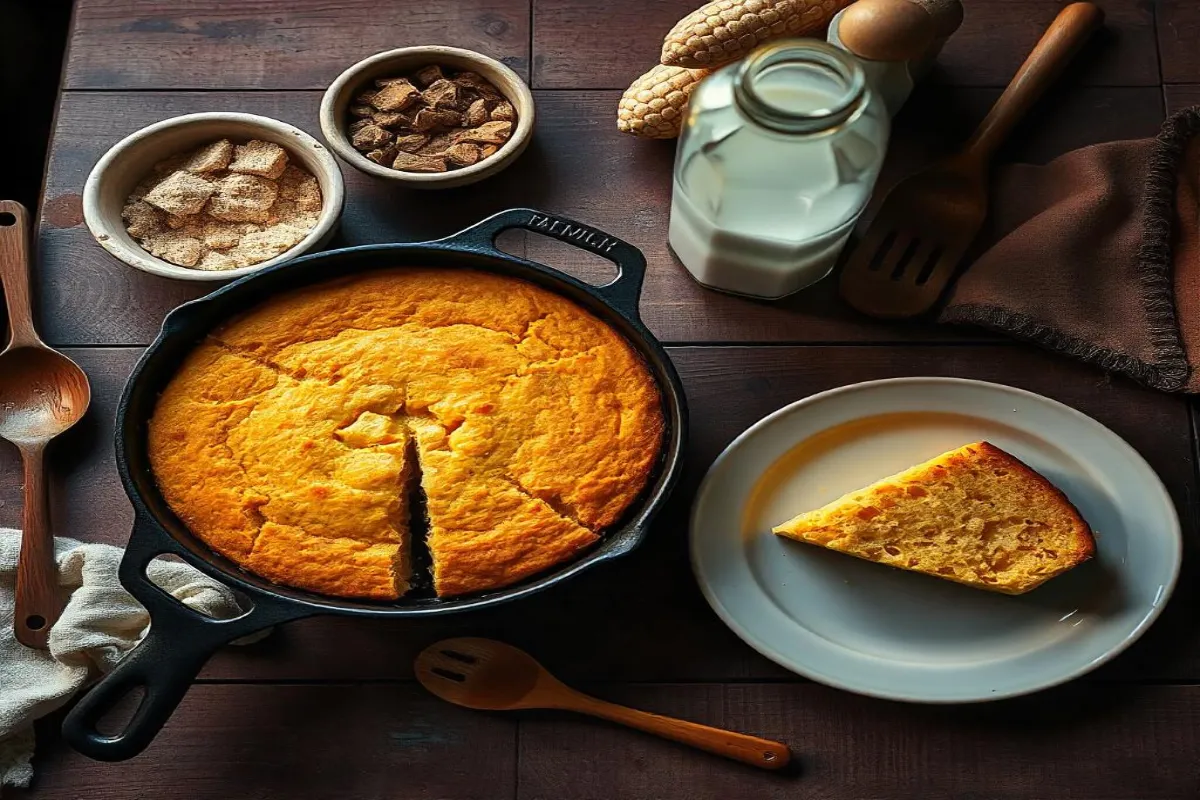Cornbread is a classic staple in American cuisine, beloved for its versatility, comfort, and rich flavors. But, while this beloved bread may seem simple, there are significant differences between Southern cornbread and regular (or Northern) cornbread. Each type of cornbread carries unique flavors, textures, and cultural significance, reflecting the regions they come from.
This article will explore the distinctions between these two types of cornbread, covering everything from historical background and key ingredients to cooking techniques and popular variations. Whether you prefer the savory, crumbly texture of Southern cornbread or the slightly sweet, cake-like consistency of Northern cornbread, understanding the nuances of each can enrich your appreciation of this timeless bread.
The Historical Roots of Cornbread
A Shared History with Unique Developments
Cornbread has ancient roots, tracing back thousands of years to the Native American communities that cultivated and relied on corn as a staple crop. Cornmeal became one of the earliest grains used for baking due to corn’s adaptability to different climates across the United States. When European settlers arrived, they adopted corn-based recipes and made cornbread part of the early American diet. Over time, cornbread evolved uniquely in various regions, especially in the North and South, resulting in distinct versions of the bread that we now refer to as Southern and Northern (regular) cornbread.
Southern Cornbread: A Staple of the South
In the South, cornbread evolved to suit the hot, humid climate, where storing wheat was challenging. Corn, however, thrived and became a staple crop in Southern cuisine, transforming into dishes like corn pone, hoecakes, and cornbread. Southern cornbread typically stayed true to the simplicity of Native American cornmeal recipes. With little access to sugar and wheat, Southerners created cornbread without added sweetness and made it dense and crumbly, ideal for pairing with savory dishes.
Cooking in a cast iron skillet became a signature technique in Southern cuisine, giving cornbread a distinctive crispy crust. This method, still popular today, is a hallmark of Southern cornbread and is celebrated for its ability to achieve a golden-brown crust with a tender, savory inside. For a closer look at why cast iron is essential to Southern cooking, Lodge Cast Iron provides an excellent overview of the benefits.
Northern Cornbread: A Sweeter Take
In the North, cornbread took on a different personality. Thanks to an abundance of wheat and sugar, Northern cooks started adding flour and sugar to their cornbread recipes, creating a lighter, sweeter bread. Northern cornbread, sometimes called “regular cornbread,” tends to have a cake-like texture and a mild flavor, which pairs well with both sweet and savory dishes. Northern cornbread’s softness makes it more versatile, whether served alongside chili or enjoyed as a dessert with a drizzle of honey.
Defining Southern vs. Northern Cornbread: Ingredients and Preparation

Though they share common ingredients, Southern and Northern cornbread differ significantly in ingredient ratios and preparation methods. Here’s what sets them apart:
Key Ingredients in Southern Cornbread
Southern cornbread is cherished for its simplicity and bold flavor. Here’s a breakdown of the primary ingredients that make it distinctive:
- Stone-Ground Cornmeal: Southern cornbread often uses coarse, stone-ground cornmeal, which retains more natural oils and provides a gritty, hearty texture.
- Buttermilk: This is essential in traditional Southern recipes, adding a tangy flavor that balances the natural sweetness of the cornmeal.
- Eggs: Lightly incorporated to help bind the batter, giving the cornbread a dense but soft texture.
- Bacon Grease or Oil: Adding bacon grease enhances the savory flavor of the cornbread and coats the cast iron skillet, which is essential for creating a crispy crust.
Stone-ground cornmeal, with its coarse texture and natural flavors, is crucial for achieving authentic Southern cornbread. This type of cornmeal adds a unique bite and keeps the bread more rustic and robust.

Key Ingredients in Northern (Regular) Cornbread
Northern cornbread takes on a lighter, sweeter character with its own set of ingredients:
- Flour and Cornmeal Mix: A higher ratio of flour to cornmeal creates a softer, more cake-like texture.
- Milk: Regular milk is used instead of buttermilk, which provides a milder flavor that blends well with sweet additions.
- Sugar or Molasses: Sweeteners are a key ingredient in Northern cornbread, giving it a light sweetness.
- Baking Powder: Used as the primary leavening agent, baking powder ensures a light, fluffy rise in Northern cornbread.
This blend of flour and cornmeal, combined with sugar, transforms Northern cornbread into a versatile bread that can be served as a sweet snack or a side to balance savory meals. Yankee Magazine offers a collection of traditional Northern cornbread recipes if you’re interested in exploring authentic Northern flavors.
Cooking Techniques and Tools for Each Style of Cornbread
The way each type of cornbread is cooked plays a significant role in the final texture and taste. Here’s a look at the traditional cooking techniques used for Southern and Northern cornbread.
Southern Cornbread Cooking Techniques
Southern cornbread is most authentically prepared in a cast iron skillet, a technique that gives it the signature crust. Here’s how it’s typically done:
- Preheating the Skillet: Preheating the skillet in the oven is essential. This helps the batter sizzle when poured in, creating a crispy, golden brown crust.
- High Baking Temperature: Southern cornbread is baked at 400°F or higher, which allows the edges to crisp while keeping the inside tender.
- Adding Bacon Grease: Many Southern recipes include a layer of bacon grease in the skillet before adding the batter. This not only enhances the savory flavor but also ensures a non-stick, crispy finish.
Northern Cornbread Cooking Techniques
Northern cornbread is generally baked in a standard baking dish, resulting in a soft crust and tender interior. Here’s what differentiates Northern cornbread cooking:
- Lower Baking Temperature: Northern cornbread is often baked at around 350°F, allowing it to rise evenly and remain soft.
- Use of Baking Pans: Unlike the cast iron skillet, baking pans or glass dishes are preferred for Northern cornbread. These pans don’t create the crispy edges but instead promote a uniformly soft crumb.
- Optional Sweet Additions: Many Northern cornbread recipes call for additional sweeteners like honey or maple syrup, which give it a dessert-like quality.
Flavor and Texture Differences
One of the most noticeable distinctions between Southern and Northern cornbread is their flavor and texture, both of which stem from regional ingredient choices and preparation methods.
Taste Profiles
- Southern Cornbread: Known for its savory, earthy taste, Southern cornbread is often seasoned with a hint of salt, letting the natural flavor of corn shine. The use of buttermilk adds a slight tanginess, while bacon grease lends a rich, smoky undertone.
- Northern Cornbread: Northern cornbread, by contrast, has a mild, slightly sweet flavor, thanks to added sugar or molasses. This sweetness makes it versatile, pairing well with both savory meals and sweet toppings like honey or jam.
Texture Comparisons
- Southern Cornbread: Dense, crumbly, and firm, Southern cornbread is made to hold its shape and withstand toppings without becoming too soft. Its crust is a defining feature, crisp on the outside with a tender interior.
- Northern Cornbread: Light, fluffy, and moist, Northern cornbread has a cake-like consistency. Its soft texture makes it easy to slice and enjoyable as a standalone treat or side dish.
Customizing Cornbread: Variations and Add-Ins
Both Southern and Northern cornbread can be customized with add-ins that complement their distinct flavors.
Popular Add-Ins for Southern Cornbread
Southern cornbread lends itself well to savory additions, making it adaptable to various tastes without overpowering the traditional corn flavor.
- Jalapeños: Add a bit of heat for a spicy twist.
- Cheddar Cheese: Melts into the cornbread, adding a rich, creamy layer.
- Chopped Herbs: Rosemary or thyme brings a subtle herbal note that complements savory dishes.
Popular Add-Ins for Northern Cornbread
The slightly sweet profile of Northern cornbread makes it ideal for dessert-style add-ins.
- Honey or Maple Syrup: Natural sweeteners that enhance the bread’s sweetness without overpowering it.
- Dried Fruit: Raisins, cranberries, or blueberries can add a fruity burst to each bite.
- Nuts: Chopped pecans or walnuts give a crunchy texture that pairs well with Northern cornbread’s soft crumb.
Nutritional Comparison and Health Benefits of Cornbread
While cornbread is considered comfort food, both styles offer unique nutritional benefits when made with quality ingredients.
Nutritional Comparison
- Southern Cornbread: Typically lower in calories and sugar, Southern cornbread provides more fiber, especially when made with stone-ground cornmeal. The absence of flour makes it naturally gluten-free, ideal for those with gluten sensitivities.
- Northern Cornbread: With added flour and sugar, Northern Cornbread is higher in calories and carbohydrates. However, the inclusion of flour also provides a source of protein, contributing to the bread’s fluffy texture.
Health Benefits
Cornmeal is a naturally nutritious grain, rich in fiber, vitamin B6, and minerals like magnesium and iron. Whole-grain cornmeal, especially in stone-ground form, retains more nutrients than finely milled cornmeal. Cornmeal is also gluten-free, making Southern cornbread an accessible option for gluten-sensitive individuals.
For more on the nutritional benefits of whole grains, Harvard’s Nutrition Source offers a comprehensive resource.
Frequently Asked Questions (FAQs)
Is Northern cornbread sweeter than Southern cornbread?
Yes, Northern cornbread is typically sweeter due to added sugar or molasses, while Southern cornbread remains savory and earthy.
Why is a cast iron skillet essential for Southern cornbread?
The cast iron skillet retains heat evenly and helps create a crispy crust that is characteristic of Southern cornbread. Preheating the skillet before adding the batter is crucial for achieving the desired texture.
Can I make Southern cornbread with sugar?
While traditional Southern cornbread does not include sugar, modern adaptations may add a small amount for balance. However, purists often prefer it without.
Is cornbread gluten-free?
Southern cornbread is naturally gluten-free if made with pure cornmeal, as it does not contain flour. However, Northern recipes often include flour, so check ingredients or use gluten-free flour as a substitute.
Conclusion: Celebrating the Diversity of Cornbread
Whether you enjoy the savory, crumbly taste of Southern cornbread or the light, slightly sweet flavor of Northern cornbread, both styles have something unique to offer. Southern cornbread pairs beautifully with savory dishes, while Northern cornbread shines as a versatile side that complements both sweet and savory meals.
Exploring each version of cornbread reveals the rich culinary heritage behind this classic American dish. Embrace the versatility of cornbread and enjoy experimenting with both Southern and Northern styles to find your personal favorite. With each bite, you’ll be savoring a piece of American history.
